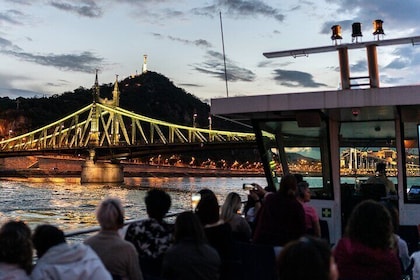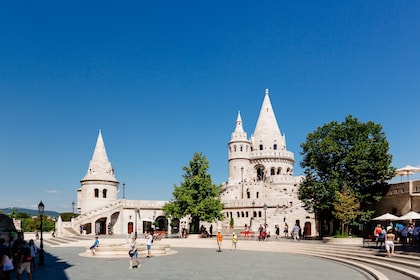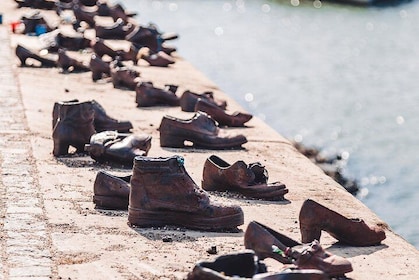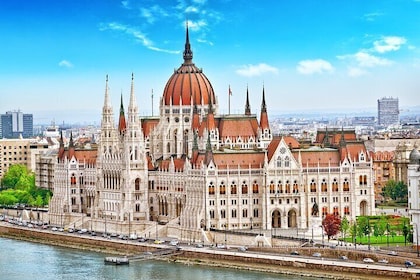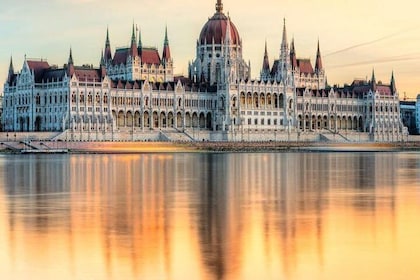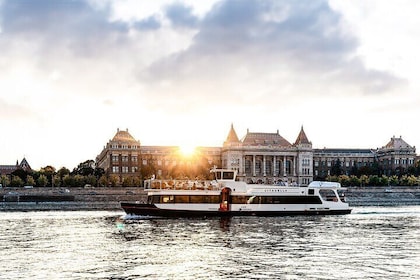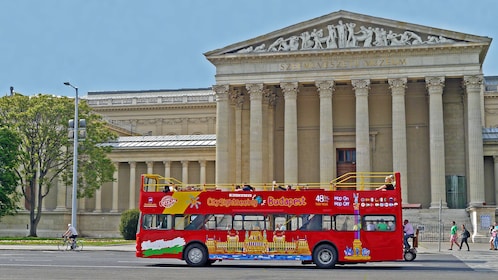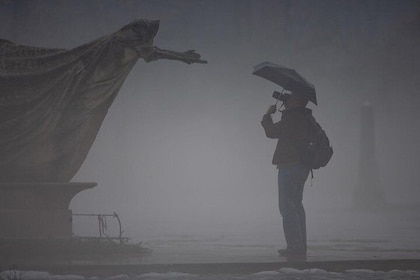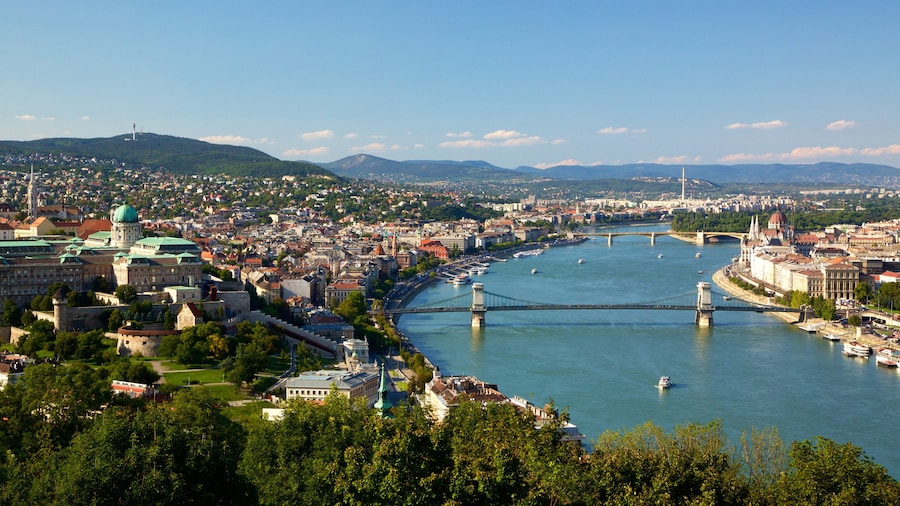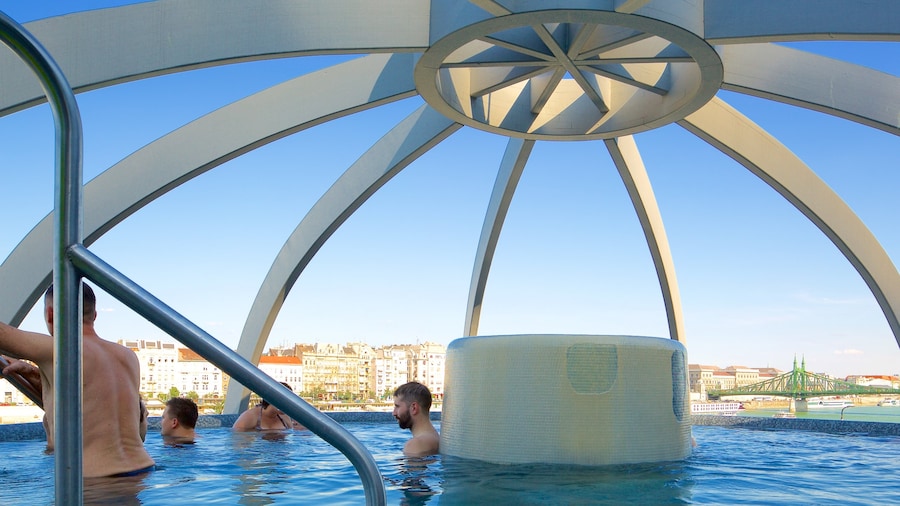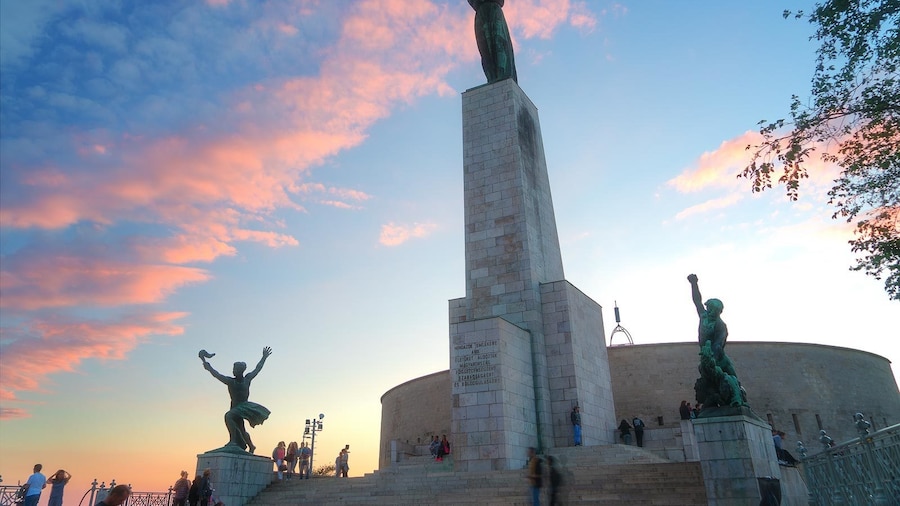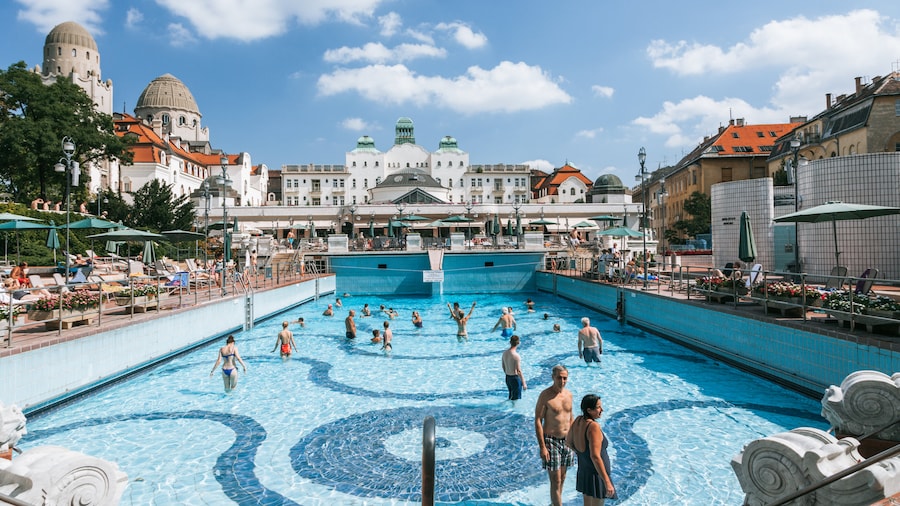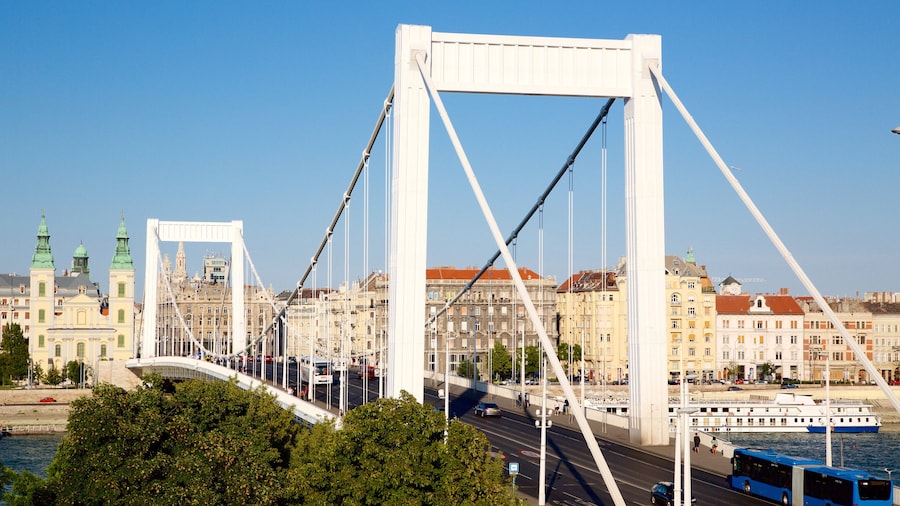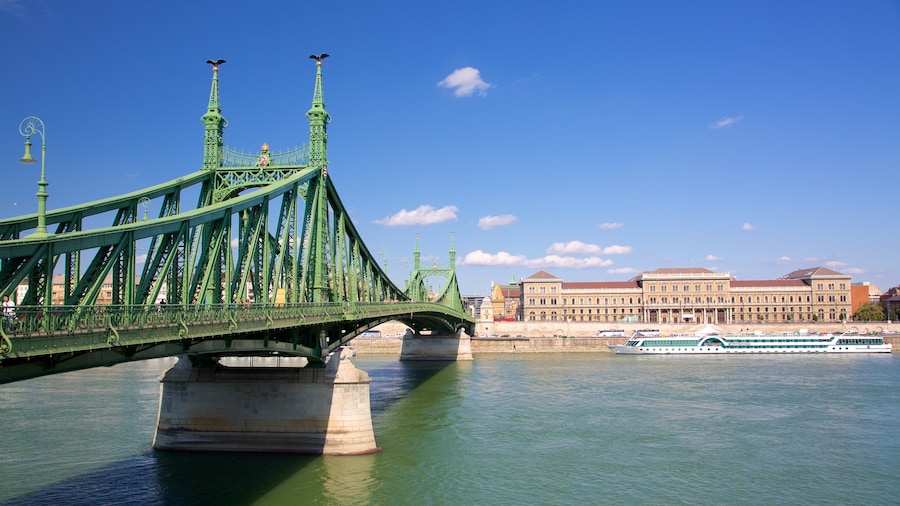This majestic monument remembers the many martyrs who have been killed during Hungary's fights against oppression.
The Liberty Statue (Szabadság-szobor) was originally erected in recognition of and thanks for Russian aid in throwing off the Nazi yoke at the end of the Second World War. Placed atop a huge pedestal, this 14-metre bronze statue impressively looks over the capital of Hungary.
Also known as the Freedom Memorial, it is placed in an elevated position on Gellért Hill, west of Budapest city centre. A visit to the statue is best incorporated into a trip up the hill to the Citadella.
A large palm leaf is held above the figure's head: when the statue was unveiled shortly after the war, this read “To the memory of the liberating Soviet heroes (erected by) the grateful Hungarian people (in) 1945”.
In the years following World War II, it quickly became apparent that, rather than being liberators, the Soviet forces had come to represent a new occupier. Resentment against this control led to a student revolt which grew into a national rebellion in 1956. This was put down by the Red Army, who killed 20,000 people, and also fired down on the city from the Citadella. The dead would be followed by many thousands more during the following decades of oppression.
Later on, at the end of the 1980s, the dying Soviet empire could no longer enforce their will by violent means, and an independent Hungary became a reality once again. This in turn lead to the alteration of the statue's message, which now reads: “To the memory of all those who sacrificed their lives for the independence, freedom and prosperity of Hungary”.
The Liberty Statue is free of charge, and is accessible 24 hours per day. View it from the Citadella above, or come to the base by bus, car or on foot along the Citadella Sétány.








